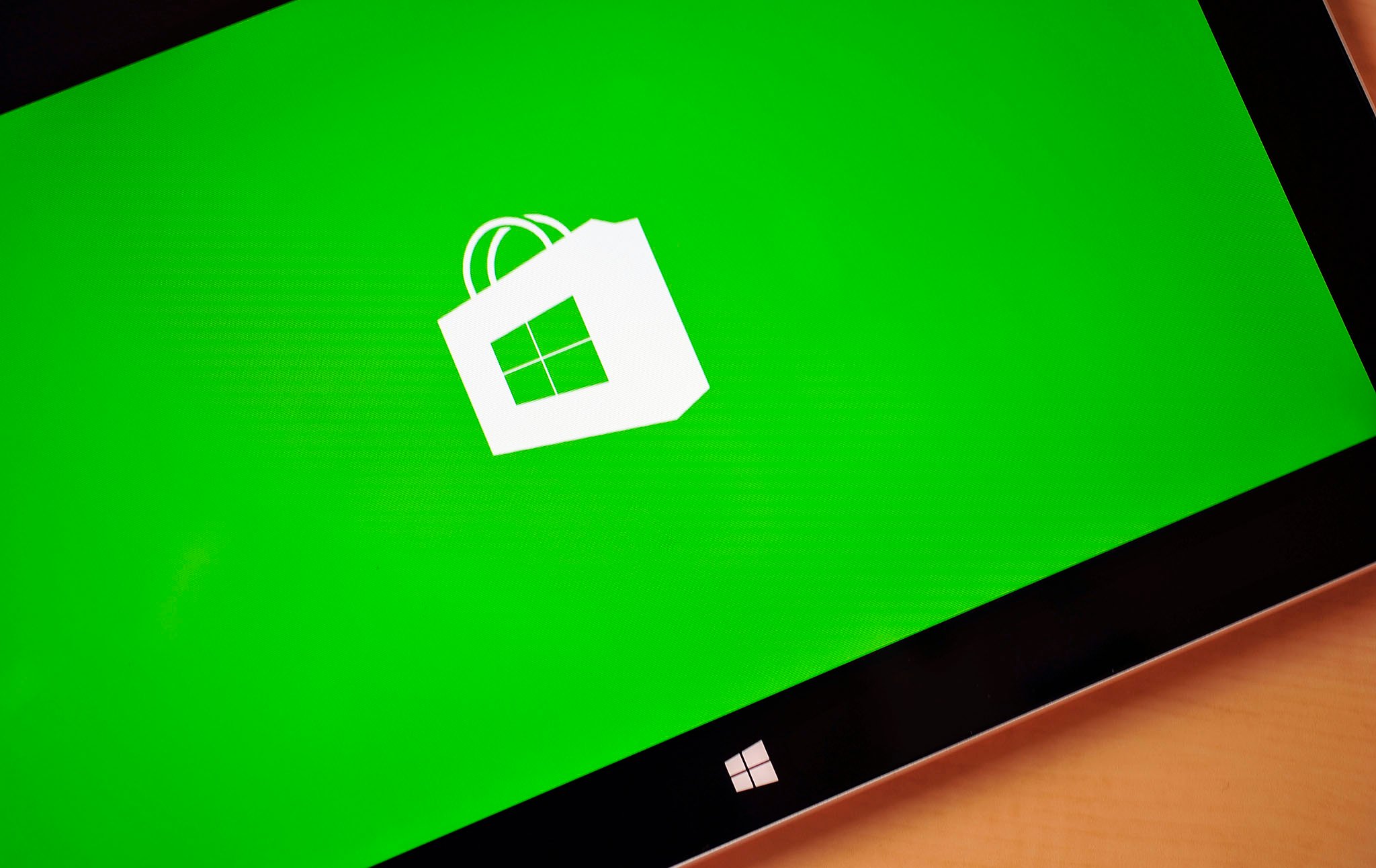Microsoft wants a bigger cut of the revenue from Windows developers

Developers building apps for Microsoft's Windows Store could potentially earn less money starting January 1, 2015. A change to the App Developer Agreement that takes effect next year would take away an appealing incentive for developing for Windows as developers could earn less money selling apps than they do currently.
Currently, Microsoft is making it attractive to develop for Windows devices with a 30-70 split. Developers would earn 70 percent of the money while Microsoft will take a 30 percent cut for payment processing, hosting, and pushing out updates. That cut drops to just 20 percent after a developer has earned $25,000 in sales.
Per the agreement:
The Store Fee for Apps made available in the Windows Store is thirty percent (30%) of Net Receipts, unless and until your App takes in total Net Receipts of USD$25,000, after which time the percentage is 20% for that App. The twenty-percent (20%) Store Fee will be in effect until December 31, 2014.
However, effective January 1, the 20 percent cut after $25,000 of sales would be eliminated and developers would just earn 70 percent on app sales no matter how much volume they generate.
In its new agreement, Microsoft wrote:
Beginning January 1, 2015, the Store Fee for all Apps made available in the Windows Store will be thirty percent (30%) of Net Receipts.
What do you think of Microsoft's new terms for developers?
All the latest news, reviews, and guides for Windows and Xbox diehards.

Chuong's passion for gadgets began with the humble PDA. Since then, he has covered a range of consumer and enterprise devices, raning from smartphones to tablets, laptops to desktops and everything in between for publications like Pocketnow, Digital Trends, Wareable, Paste Magazine, and TechRadar in the past before joining the awesome team at Windows Central. Based in the San Francisco Bay Area, when not working, he likes exploring the diverse and eclectic food scene, taking short jaunts to wine country, soaking in the sun along California's coast, consuming news, and finding new hiking trails.
